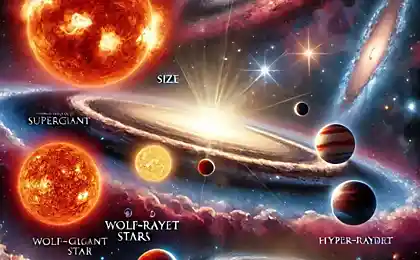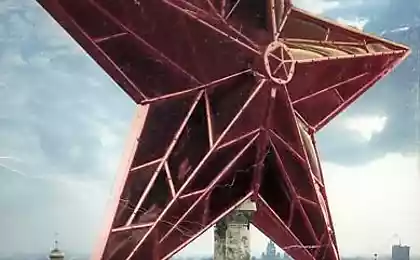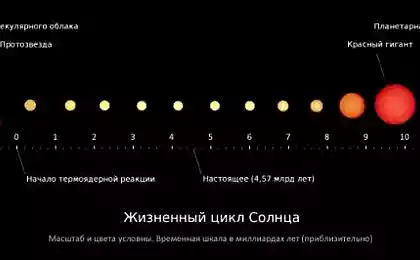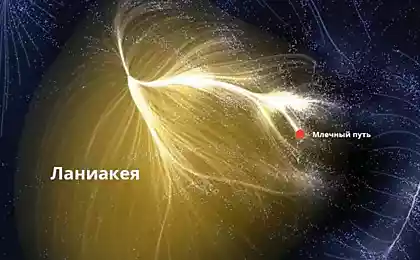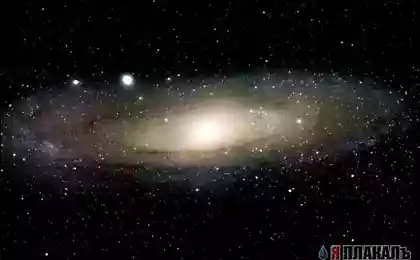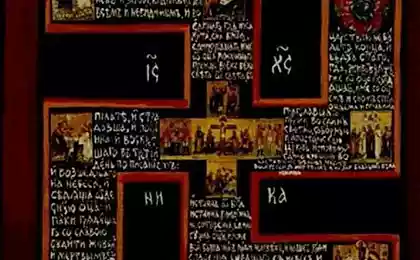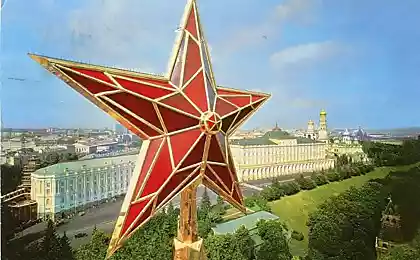1047
Why do we see so few stars in the sky
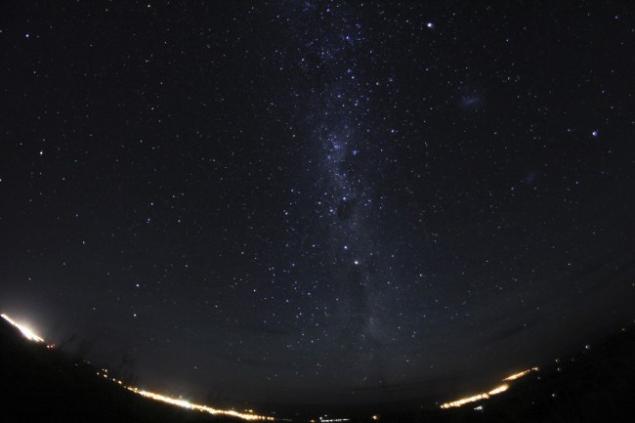
Why does one "let there be light!" in the Universe not enough? "Look at the beauty of life. Look at the stars and see yourself running with them", said Marcus Aurelius. Imagine the night sky. Far from cities, on a moonless night, in the darkest places you've ever been to. Maybe you lay down on the grass and looked at the sky. The air is cool, clear sky, no clouds and you look up.
What do you see?
There are planets, bright and faint stars and even the milky Way, which can be seen by peripheral vision, if you look slightly to the side. But the most interesting thing in the night sky is not the presence of these few dim lights, but rather the fact that almost anywhere you look, the sky itself is dark.
If you think about it a minute, it will seem strange. If the universe really is full of stars — points of light in all directions fact, you would fully expect that wherever you look, in the end, your line of sight will fall on the star.
And once that happens, you will no longer see "darkness" in the sky. Each point will be filled with light regardless of how far away star, galaxy or other point of light.
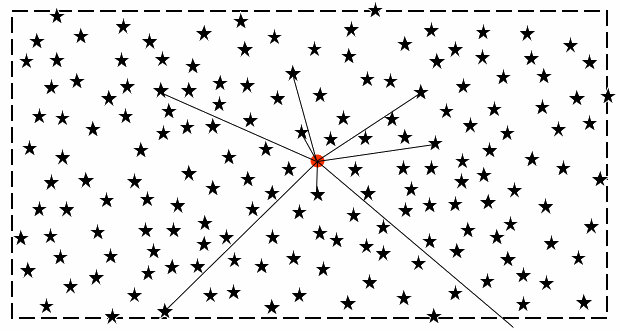
This is one of the greatest ironies of the 19th century: the photometric paradox, or the paradox of Olbers, which showed that the idea of an infinite Universe filled with an infinite number of stars, which is incompatible with the dark night sky, which we can all observe.
The resolution of this paradox, of course, is that when we look at the distant Universe, we look back in time, and when the universe existed in a hot, dense, more homogeneous condition, there was a time when there were no stars. If you look beyond a certain point, you will never see any stars.
After the Big Bang, the universe was hot, dense and uniform, but also expanded and cooled. By that time, as she was 380,000 years old, it had cooled enough to form neutral atoms for the first time. But there are two obstacles that allow us to see something:
While there is nothing that radiates light to look at. The universe needs to be transparent. Although these two problems — formation of the first stars, and the transparency of the Universe — often combined as the "dark ages", they remain two separate issues that need to be addressed.
First, you will never have anything to watch until you form the first stars. In those days when the universe began with almost perfect uniform shape, there was a tiny imperfection, some areas began with a large quantity of matter than others. Over time, gravity pulled together in these ultra-dense regions, more and more of the substance, thereby growing them in clumps of matter.
It took tens of millions of years, but when enough time has elapsed, these clumps grew large enough that gravity caused them to collapse. And when the cores of these clumps of atoms and molecules become sufficiently dense, the process of thermonuclear fusion — burning hydrogen fuel into helium.
These places are fusion steel cores of the first stars in the Universe, hot and bright, and emitting a first visible light in the Universe since the first stages of the hot Big Bang. Later, it happened 50 million years from the beginning of the history of the Universe, and this is a pretty short time for the first stars.
The problem is that we don't see any of these stars.
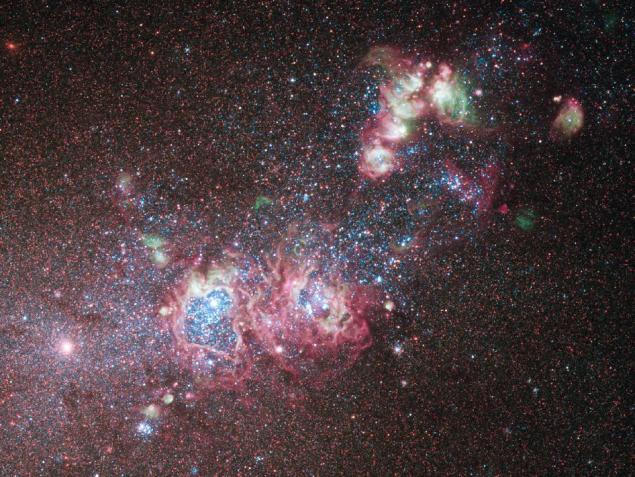
We know that stars emit light, but just as it shines in the stars "the dark nebula Barnard 68. This nebula appears dark, because the atoms and molecules in the nebula are physically absorb visible and are therefore opaque.
Although single atoms have only certain atomic transitions that can absorb light when they are connected together all kinds of complex configurations, they can block the entire spectrum of visible light. This type of opacity was formed when the first stars: the universe, maybe gave rise to the light, but he found the way to our eyes.
What are we going to do?You need to ionize these atoms? Or, more precisely, to reinitiate as they had once been ionized: even before we said we were neutral.
However, this process will take a lot of time and participation of billions of stars that are formed, will emit ultraviolet and ionizing radiation will fall by more than 99% of neutral atoms the Universe. It's a gradual process, but its completion will take 550 million years.
Until recently, we thought that reionizatsii — this last phase of the Universe, which will make it transparent to visible light occurred 450 million years after the Big Bang, but an additional factor of 100 million years was determined by recent observations of the satellite Planck.
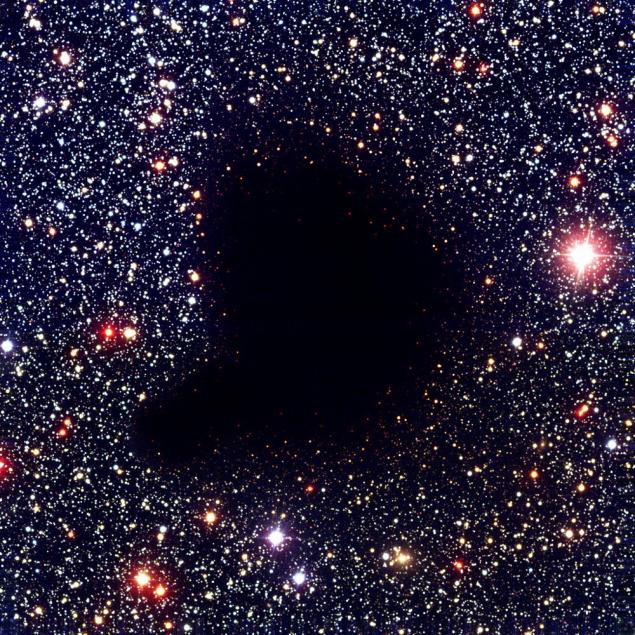
This, in turn, means that the oldest stars the Universe was formed after 100 million years, than we originally thought. This means that the first stars formed much, much earlier than we can observe, and we have formed enough stars — and they didn't live long enough to reinitiate the Universe and make it transparent to light. The Universe is simply not enough to say "let there be light!", to see the first star: this light should be able to pass freely through the cosmos.
There is no way to see them in the visible spectrum, regardless of how good the Hubble space telescope, regardless of how long he looks at these areas of the sky, it will never see the first stars, because the universe is still opaque to visible light.
But there is hope, and the space telescope James Webb has the potential to make this hope a reality.
If you watch long-wavelength light, these dusty structure of atoms and molecules can be quite transparent to these wavelengths. Although Hubble may never see those stars, James Webb will peer into the infrared (and fairly long) waves and be able to track them to those epochs when the universe was transparent to visible light.
In other words, just a few years we will be able to really explore the first stars of the Universe. Perhaps they are invisible to us, but it is the fault of our eyes, and not light.published
Source: hi-news.ru
